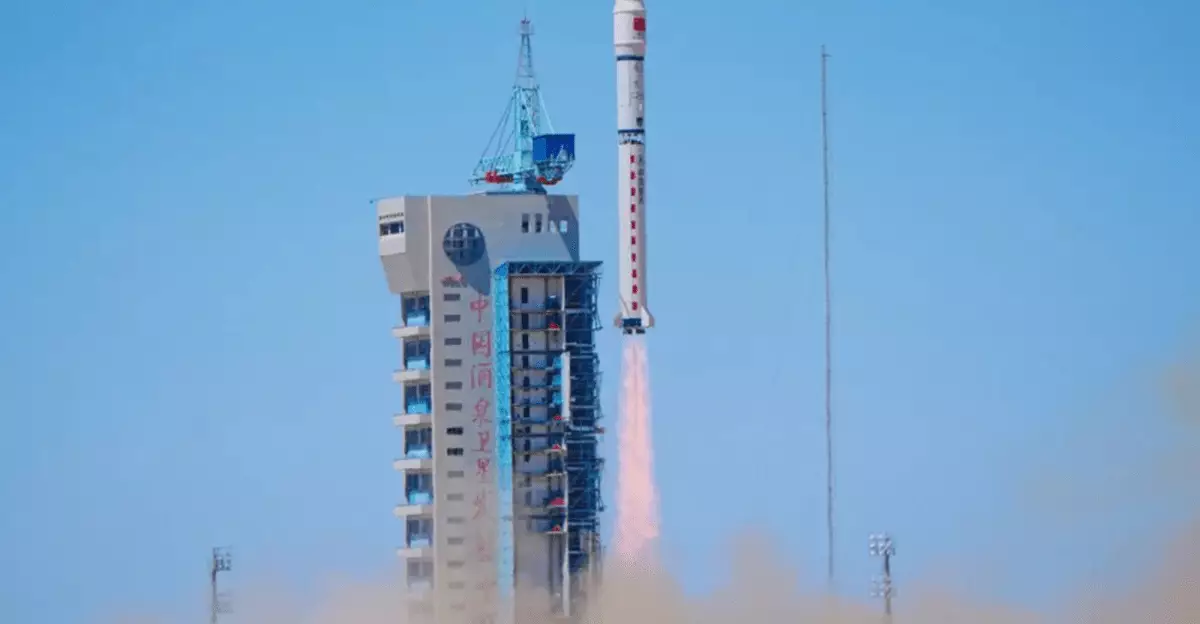In a groundbreaking move that could redefine the boundaries of artificial intelligence and satellite technology, China has successfully launched the first 12 satellites in an ambitious plan to create a sprawling network of 2,800 AI supercomputers orbiting the Earth. Spearheaded by ADA Space in collaboration with Zhijiang Laboratory and the Neijang High-Tech Zone, this initiative—dubbed the “Star Compute” program—promises to fundamentally alter how data is processed in the world’s orbit. By breaking free from traditional terrestrial constraints, these satellites represent not just a technological leap but also a philosophical shift in the management of space-borne resources.
A Technological Marvel: Capacities and Capabilities
Each of these initial satellites is equipped with an onboard AI model featuring a staggering 8 billion parameters, allowing them to perform up to 744 tera operations per second (TOPS). Collectively, this constellation can achieve a remarkable processing power of 5 peta operations per second (POPS). To put this into perspective, this level of computational ability far surpasses the 40 TOPS threshold needed for applications like Microsoft Copilot, illustrating the immense potential of this network in various domains, from science to entertainment.
What stands out about these satellites is their ability to function autonomously, processing the data they gather without relying on time-consuming communications with Earth-based stations. This autonomous operational capacity alleviates bottlenecks commonly associated with satellite data transmissions—an astounding fact given that traditionally, more than 90 percent of satellite data remains untapped due to limitations such as bandwidth and ground station availability.
Innovation Beyond Expectations
The satellites also come with impressive scientific payloads, such as X-ray polarization detectors to observe fleeting cosmic phenomena including gamma-ray bursts. Moreover, they can generate 3D digital twin data that has applications in emergency response, gaming, and tourism. The potential use cases are as diverse as they are exciting; from enhanced real-time simulations for disaster management to immersive experiences in virtual entertainment, the utility of these satellites seems boundless.
Another remarkable feature of this network is its speed—communication between satellites occurs at mind-boggling rates of up to 100 Gbps using laser technology. This not only boosts data transfer speeds but also enhances the potential for real-time applications. As the technological landscape evolves, the capabilities of this satellite network could usher in a paradigm where instantaneous global responses are commonplace, fundamentally changing operations in sectors like emergency response, environmental monitoring, and entertainment.
The Future Landscape of AI in Space
The implications of such advancements extend beyond mere technological marvels. The intertwining of AI and space technology could foster unprecedented economic growth and innovation. While these developments may raise eyebrows in the West, they highlight a global race to establish dominance in AI and satellite technology. China’s bold approach is not just about building a network of satellites; it represents a strategic vision to create an intelligent infrastructure that can harvest and utilize space data more effectively.
As we stand on the cusp of this new era, the intersection of AI and satellite communications raises concerns about data privacy, national security, and the ethics of space-based technologies. Monitoring how this endeavor unfolds will be crucial, as the potential consequences may well dictate the future of both space exploration and terrestrial applications of AI. In the quest for technological supremacy, the stakes have never been higher.

